How to become York PA Resident
Bryan Bloom • January 29, 2025
Making a move to a new city like York, Pennsylvania can bring a mix of excitement and uncertainty. As a potential new resident, you'll likely have a lot of questions. Our aim is to provide you with a clear roadmap to becoming a resident of
York, PA
and making this transition smooth and stress-free with Kinetic Movers.
A Glimpse Into the Historical City of York, PA
From its
rich history
to its
vibrant
arts and entertainment scene, York, PA presents an appealing picture that attracts hundreds of families and individuals each year. Located in the south-central region of the Keystone State, York is known for its architectural
wonders
, such as the 18th-century Colonial Complex. With a population hovering around 44,000, it features a small-town
charm
with big-city amenities.
Moving to York, PA Simplified
How does one start the process of moving to York, PA?
Preparation and research are key. Kinetic Movers provides in-depth relocation guides for their clients and are at your disposal for any inquiries.
One crucial step is understanding the cost of living. Check out online resources such as Numbeo or Sperling's Best Places to get an idea about the cost associated with housing, food, transportation, healthcare, and other necessities in York, PA. These resources provide a city-to-city comparison tool to help you analyze the cost differences.
Talking of education, York School District offers an impressive curriculum with a focus on cognitive development and skills enhancement. It's advisable to explore the schools in the district if you have children.
The Essentials of Relocating: A Closer Look
Planning and preparing for your move is integral to a seamless transition. Let's delve into the details for a smooth arrival in York, PA.
Renting or Buying a Home
Your housing decision largely depends on your financial status and lifestyle. Both renting and buying have their pros and cons. Renting offers flexibility - a good option if you're testing the waters. On the other hand, buying a property can be a wise investment in the long run.
Compare these figures with your financial situation and decide. Consider factors like proximity to work, schools, amenities, and neighborhood safety while choosing a home.
Planning Your Move.
Living in York, PA
The quality of life you experience depends significantly on the neighborhood you choose. Each neighborhood in York, PA offers a distinct charm, culture, and array of amenities.
Suburbs like Spry, Grantley, and Shiloh are popular among families for their low crime rates, excellent schools, and friendly community vibe. Downtown York, on the other hand, offers a vibrant urban lifestyle, with a mix of residences, businesses, and cultural attractions.
Resources and Amenities in York, PA
As a new resident of York, it's crucial to equip yourself with information about local resources and amenities. Here are the key ones:
Healthcare Facilities
For healthcare facilities, UPMC Pinnacle operates several hospitals and clinics in and around York, PA. WellSpan York Hospital also offers comprehensive healthcare services.
Recreational Facilities
York, PA has a wealth of recreational offerings. Visit the William Kain County Park for a relaxing day outdoors. For sports enthusiasts, PeoplesBank Park hosts riveting baseball games. York is also home to a spread of great restaurants, shopping centers, and a vibrant nightlife.
Local Attractions
Check out the York County History Center for a glimpse into the region’s rich history. The Agricultural and Industrial Museum is a treasure trove of the city's industrial past.
Setting Up a Home
Post-move, it's time to transform your new house into a home. Whether you are a minimalist or a maximalist, it's crucial to create a living space that reflects your personality and makes you feel comfortable.



